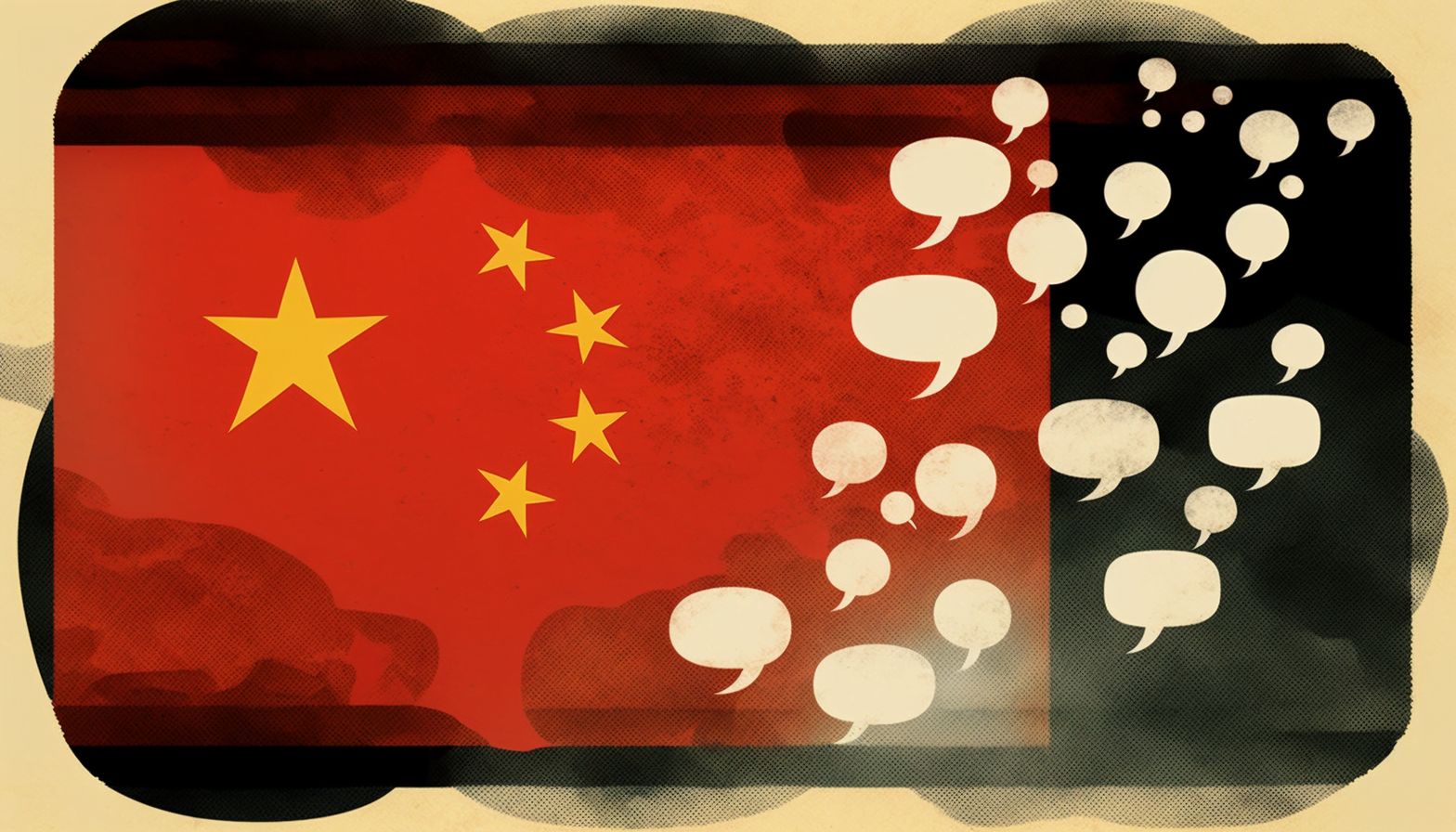As the potential for artificial intelligence applications in healthcare gains attention, China has already developed at least 18 medical models based on large language models.
In recent years, the medical field in China has been gearing up to harness the potential of large language models for the development of innovative AI applications. According to estimates by VBData, China's medical AI sector is expected to grow at an average annual rate of around 40% between 2020 and 2025, with the market size exceeding RMB 30 billion or $4.1 billion by 2025.
At a recent book launch, a response from Dalei Zhang, founder of Airdoc, sums up the potential tech companies see in implementing large language models in medicine. According to the Chinese publication Huxiu, when asked if medical care would be the first batch of industries in which GPT would land, he replied, "Medical care is not the first batch, it is the zeroth batch."
Medlinker's MedGPT achieved human expert level scores
Following the successful launch of OpenAI's ChatGPT and other language models, at least 18 medical models based on the large model paradigm have been developed in China. These models are expected to have a significant impact on the healthcare industry, with applications ranging from diagnostics to telemedicine and decision support for medical professionals.
Among the AI applications attracting attention in China is MedGPT, which was part of the world's first double-blind study in which AI doctors and human doctors faced real human patients simultaneously. MedGPT impressed experts by scoring only 0.3 points lower than doctors from top tertiary hospitals in a competition while consulting more than 100 patients with issues from cardiovascular problems to kidney disease.
Chinas medical AI sector is changing
This growing interest in chat-based medical AI applications marks a shift from the focus on medical imaging systems. With constant advancements and emerging trends, China's medical AI sector is rapidly changing as it strives to unlock the full potential of large language models.
Medical professionals, on the other hand, maintain a cautious and calm approach to AI's capabilities in healthcare, Huxiu said. Past failures of AI in medical treatment, such as IBM's Watson project, have underscored that technology alone can't solve medical problems. Although deep learning has made significant progress, the medical field still needs human radiologists, despite Turing Award winner Geoffrey Hinton's prediction. In fact, because of AI's influence, there's a need for more specialized radiologists to adapt to AI-driven changes, said Feiyue Wang, a researcher at the State Key Laboratory of Management and Control of Complex Systems, Chinese Academy of Sciences.





